Home>Interior Design>How To Clean Paint Brushes And Keep Them In Top Condition
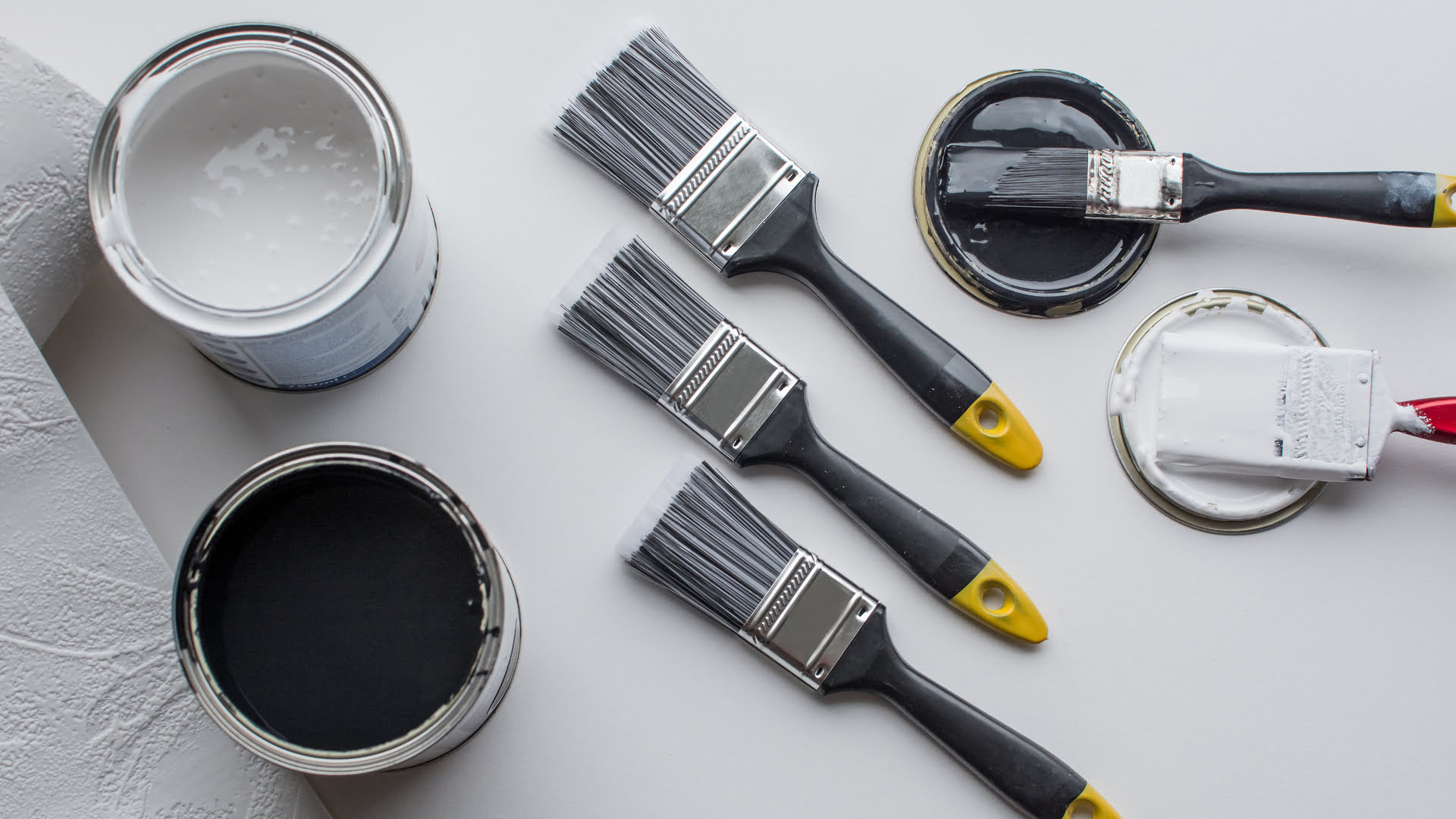

Interior Design
How To Clean Paint Brushes And Keep Them In Top Condition
Modified: January 23, 2024
Learn how to clean and maintain your paint brushes for optimal results. Discover the best techniques for interior design brush care.
(Many of the links in this article redirect to a specific reviewed product. Your purchase of these products through affiliate links helps to generate commission for Storables.com, at no extra cost. Learn more)
Introduction
Paint brushes are essential tools for any DIY enthusiast or professional painter. They allow us to add color and personality to our homes and spaces. However, if not properly cleaned and maintained, paint brushes can become stiff, clogged, and ineffective over time. That’s why knowing how to clean paint brushes and keep them in top condition is crucial.
When paint brushes are not cleaned after use, the paint residues dry and harden, making it difficult to restore the brushes to their original state. Not only does this affect the brush’s performance, but it also shortens its lifespan, leading to the need for frequent replacements. By following a few simple steps, you can ensure that your paint brushes remain in pristine condition, ready for your next painting project.
In this article, we will guide you through the process of cleaning paint brushes effectively. You will learn everything from removing excess paint to preserving the bristles’ shape and storing the brushes properly. With this knowledge in hand, you can maintain the longevity of your paint brushes and achieve great results with every stroke.
Key Takeaways:
- Properly cleaning and maintaining paint brushes is crucial for their longevity and performance. Follow the steps outlined to ensure your brushes remain in top condition for future painting projects.
- From removing excess paint to reshaping bristles and proper storage, these steps will help you maintain the functionality and lifespan of your paint brushes. Take the time to care for your tools and achieve professional results.
Materials Needed
To effectively clean your paint brushes, you will need the following materials:
- Cleaning solution
- Water
- Soap or mild detergent
- Brush comb or wire brush
- Paper towels or old rags
The cleaning solution will help to break down the paint residue and loosen it from the bristles. Water is essential for rinsing the brushes and removing any cleaning solution or soap residue. Soap or mild detergent will help to remove the paint and clean the bristles thoroughly. The brush comb or wire brush will aid in removing any stubborn paint particles or buildup. Finally, paper towels or old rags will be used to blot and dry the brushes.
Step 1: Remove Excess Paint
The first step in cleaning your paint brushes is to remove any excess paint. This will make the cleaning process easier and more effective. Here’s how:
- Scrape off excess paint with a paint scraper: Gently scrape the bristles of the paint brush against the edge of a paint scraper or the rim of the paint can. This will help to remove as much excess paint as possible.
- Wipe off any remaining paint with a paper towel or rag: Take a paper towel or old rag and gently wipe the bristles of the paint brush to remove any remaining paint. You may need to fold the paper towel or rag and use it to pinch the bristles to ensure that all paint is removed.
By removing excess paint before cleaning, you prevent the brushes from becoming overly saturated with paint and make the cleaning process much easier.
Step 2: Prepare Cleaning Solution
Now that you have removed the excess paint from your brushes, it’s time to prepare a cleaning solution to effectively remove any remaining paint and clean the bristles. Here’s how:
- Mix water and soap or mild detergent in a container: Fill a container, such as a bucket or sink, with warm water. Add a small amount of soap or mild detergent to the water. The soap will help to break down the paint and lift it from the bristles.
It’s important not to use hot water, as this can damage the bristles. Warm water is sufficient for loosening the paint and allowing for effective cleaning.
Make sure to mix the water and soap or detergent well, creating a soapy solution that will be used to clean the brushes.
Step 3: Soak Brushes
Now that you have prepared the cleaning solution, it’s time to soak your paint brushes to loosen any remaining paint and thoroughly clean the bristles. Follow these steps:
- Submerge the paint brushes in the cleaning solution: Place the paint brushes into the container with the prepared cleaning solution. Make sure that the bristles are fully submerged in the solution.
- Allow them to soak for 10-15 minutes: Let the brushes soak in the cleaning solution for 10-15 minutes. This will give the soap or detergent time to break down the paint and soften any dried residues.
Soaking the brushes helps to loosen the paint and make it easier to remove. It also helps to restore the flexibility of the bristles, ensuring optimal performance for future use.
Keep in mind that the soaking time may vary depending on the type of paint and how long it has been dried on the brushes. For brushes with stubborn or dried-on paint, you may need to soak them for a bit longer or repeat the process.
Read more: How To Keep Paint Brushes Soft
Step 4: Clean Brushes
After the brushes have soaked for the appropriate amount of time, it’s time to clean the bristles to remove all traces of paint. Follow these steps to ensure thorough cleaning:
- Gently scrub the bristles with your hand or a brush comb: Using your hand or a brush comb, gently scrub the bristles of the paint brushes. Work from the base of the bristles towards the tips, applying light pressure to dislodge any remaining paint.
- Remove all traces of paint from the brushes: Continue scrubbing until all visible traces of paint have been removed. Pay attention to the base of the bristles and the area where the bristles meet the ferrule, as paint residue can sometimes hide in these areas.
It’s important to be gentle while scrubbing to avoid damaging the bristles. If you encounter stubborn paint, you can dip the bristles back into the cleaning solution and continue scrubbing until it is removed.
By thoroughly cleaning the bristles, you ensure that no dried or hardened paint remains, allowing for optimal performance and longevity of your paint brushes.
After using a paint brush, clean it immediately with warm soapy water or paint brush cleaner. Use a brush comb to remove excess paint and reshape the bristles. Store brushes flat or hanging to maintain their shape.
Step 5: Rinse Brushes
After cleaning the brushes and removing all traces of paint, it’s important to rinse them thoroughly to remove any soap residue and ensure that the bristles are clean and ready for future use. Follow these steps to effectively rinse your paint brushes:
- Rinse the brushes thoroughly with clean water: Hold the paint brushes under a stream of clean water, allowing the water to flow through the bristles. Gently swish the brushes back and forth to help dislodge any remaining soap or cleaning solution.
- Make sure all soap residue is removed: Continue rinsing the brushes until the water runs clear and no soap residue is visible. This step is crucial to prevent the bristles from becoming sticky or attracting dust and debris.
While rinsing, you can also use your fingers to gently squeeze the bristles to remove any trapped soap or cleaning solution. Take care not to squeeze too hard, as this can cause the bristles to splay or become misshapen.
Thorough rinsing ensures that the brushes are clean and free from any cleaning agents that could interfere with the next painting project. It’s essential to remove all soap residue so that it doesn’t mix with fresh paint and affect the color or consistency.
Step 6: Dry Brushes
Once the brushes have been rinsed and any soap residue has been removed, it’s time to properly dry them to prevent damage and maintain their shape. Follow these steps to effectively dry your paint brushes:
- Shake off excess water from the brushes: Hold the brushes firmly and give them a gentle shake to remove any excess water. This will help to expedite the drying process.
- Use a paper towel or old rag to blot and absorb moisture: Take a clean, dry paper towel or old rag and gently press it against the bristles, absorbing any remaining moisture. Be careful not to press too hard or rub vigorously, as this can distort the shape of the bristles.
Blotting the brushes helps to remove the remaining water and speed up the drying time. It’s important to remove as much moisture as possible to prevent mildew or mold from forming on the bristles.
If you have multiple brushes, lay them on a clean, absorbent surface, such as a paper towel or old rag, to dry. Make sure the bristles are not touching each other to avoid any transfer of moisture between brushes.
Avoid using a hairdryer or placing the brushes near a heat source for drying. Excessive heat can damage the bristles and affect their performance.
Step 7: Reshape Bristles
After drying your paint brushes, it’s essential to reshape the bristles to ensure they maintain their original form and provide optimal performance in future painting projects. Follow these steps to reshape the bristles:
- Use your fingers to reshape the bristles while they are still damp: With the bristles slightly damp, gently use your fingers to shape and align them. Start from the base of the bristles and work towards the tip, ensuring that they are straight and even.
- Make sure the bristles are straight and even: As you shape the bristles, pay attention to any stray or bent bristles and straighten them out. The goal is to achieve a uniform and straight appearance.
This step is crucial to maintain the functionality and longevity of your paint brushes. Reshaping the bristles ensures that they are in optimal condition and ready for your next painting project.
If you find that some bristles are particularly stubborn and refuse to align properly, you can try using a brush comb or a wire brush specifically designed for cleaning paint brushes. Gently comb through the bristles in a downward motion to help straighten and separate any tangled or misaligned bristles.
Read more: How To Keep A Toilet Brush Clean
Step 8: Store Brushes Properly
Once your paint brushes have been cleaned and reshaped, it’s crucial to store them properly to ensure their longevity and protect the bristles from damage. Follow these steps to store your paint brushes effectively:
- Hang the brushes upside down or lay them flat to dry completely: After cleaning and reshaping the bristles, allow the brushes to dry completely before storing them. Hanging the brushes upside down or laying them flat prevents any moisture from collecting in the ferrule or base of the bristles, which could lead to bristle damage or mold growth.
- Store them in a cool, dry place to prevent damage or mildew: Once the brushes are fully dry, find a suitable storage location. It’s important to store them in a cool, dry place to prevent any moisture or humidity from affecting the bristles. Avoid storing them in direct sunlight or near heat sources, as these conditions can cause the bristles to become dry and brittle.
There are various storage options available, such as brush holders, cases, or even plastic bags. Choose a storage method that keeps the bristles protected and prevents them from getting bent or misshapen. Hanging the brushes upside down can help maintain the straightness of the bristles.
Remember to keep your paint brushes separate from any other tools or materials that may cause damage, such as sharp objects or solvents. By storing your paint brushes properly, you ensure that they are protected and ready for your next painting project.</p
Conclusion
Properly cleaning and maintaining your paint brushes is essential for their longevity and optimal performance. By following the steps outlined in this guide, you can ensure that your paint brushes remain in top condition and ready for your next painting project.
Start by removing excess paint using a paint scraper and wiping off any remaining paint with a paper towel or rag. Then, prepare a cleaning solution by mixing water and soap or mild detergent. Soak the brushes in the cleaning solution for 10-15 minutes to loosen the paint and restore flexibility to the bristles.
Next, clean the brushes by gently scrubbing the bristles with your hand or a brush comb, ensuring all traces of paint are removed. Then, rinse the brushes thoroughly with clean water to remove any remaining soap or cleaning solution. Be diligent in removing all soap residue to prevent it from mixing with fresh paint.
After rinsing, shake off excess water from the brushes and use a paper towel or old rag to blot and absorb the moisture. This step helps to expedite the drying process and prevent any mildew or mold from forming on the bristles.
While the bristles are still slightly damp, take the time to reshape them with your fingers, ensuring they are straight and even. This will help maintain the functionality and performance of the brushes.
Lastly, store your paint brushes properly in a cool, dry place. Hang them upside down or lay them flat until they are completely dry. This helps prevent any moisture from collecting in the ferrule or base of the bristles. Choose a storage method that protects the bristles and keeps them from getting bent or misshapen.
By following these steps and incorporating them into your regular painting routine, you can extend the lifespan of your paint brushes and achieve professional results with each use. So, take the time to care for your paint brushes, and they will continue to be reliable tools for your creative endeavors.
Frequently Asked Questions about How To Clean Paint Brushes And Keep Them In Top Condition
Was this page helpful?
At Storables.com, we guarantee accurate and reliable information. Our content, validated by Expert Board Contributors, is crafted following stringent Editorial Policies. We're committed to providing you with well-researched, expert-backed insights for all your informational needs.
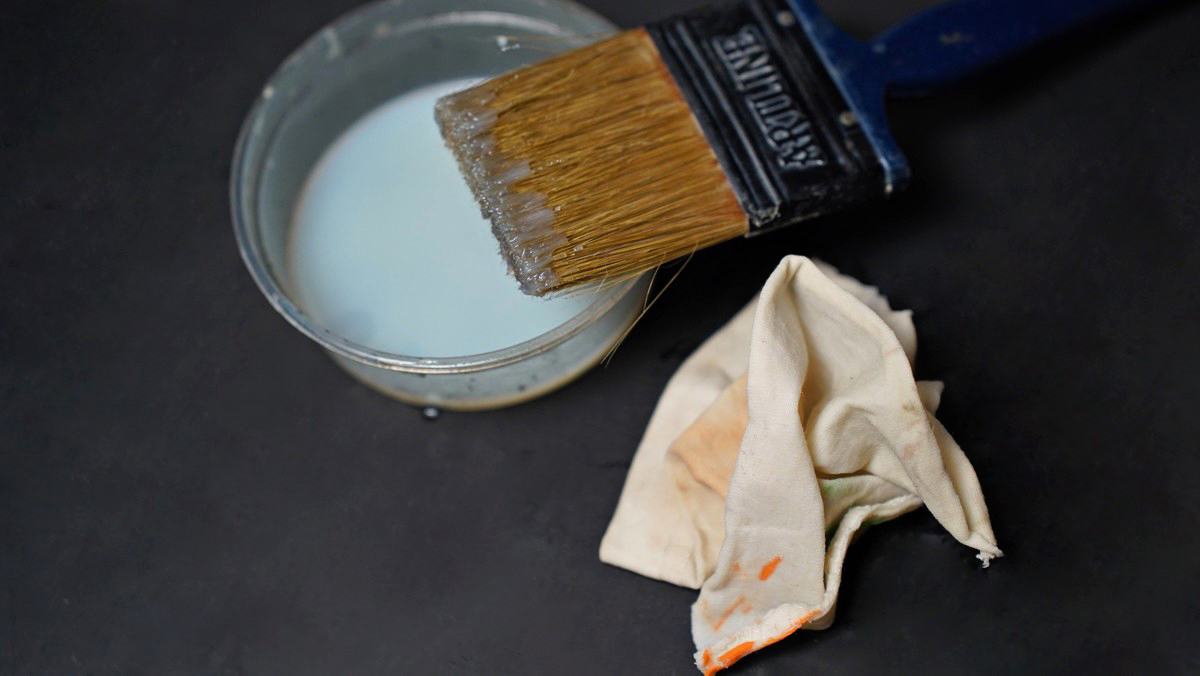
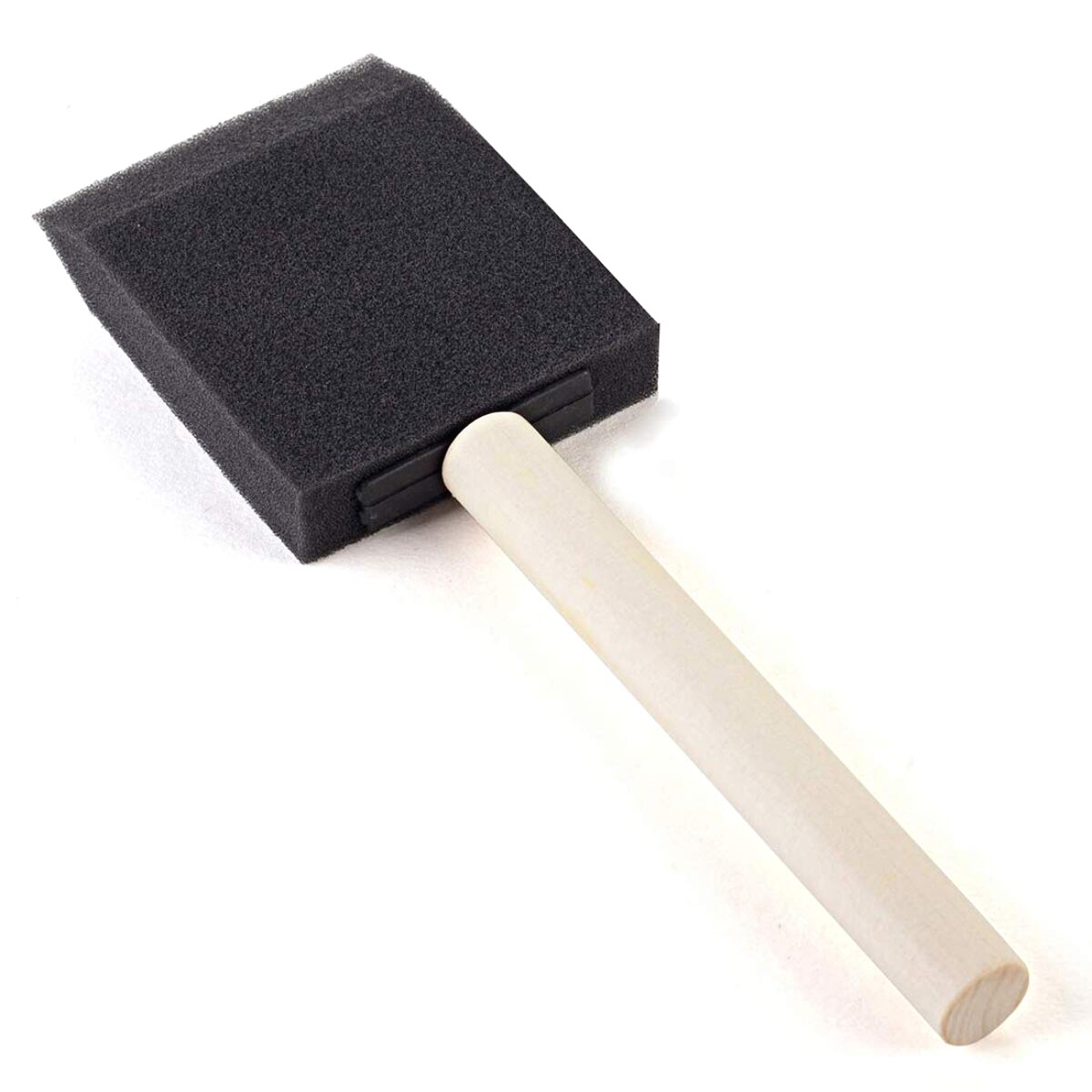
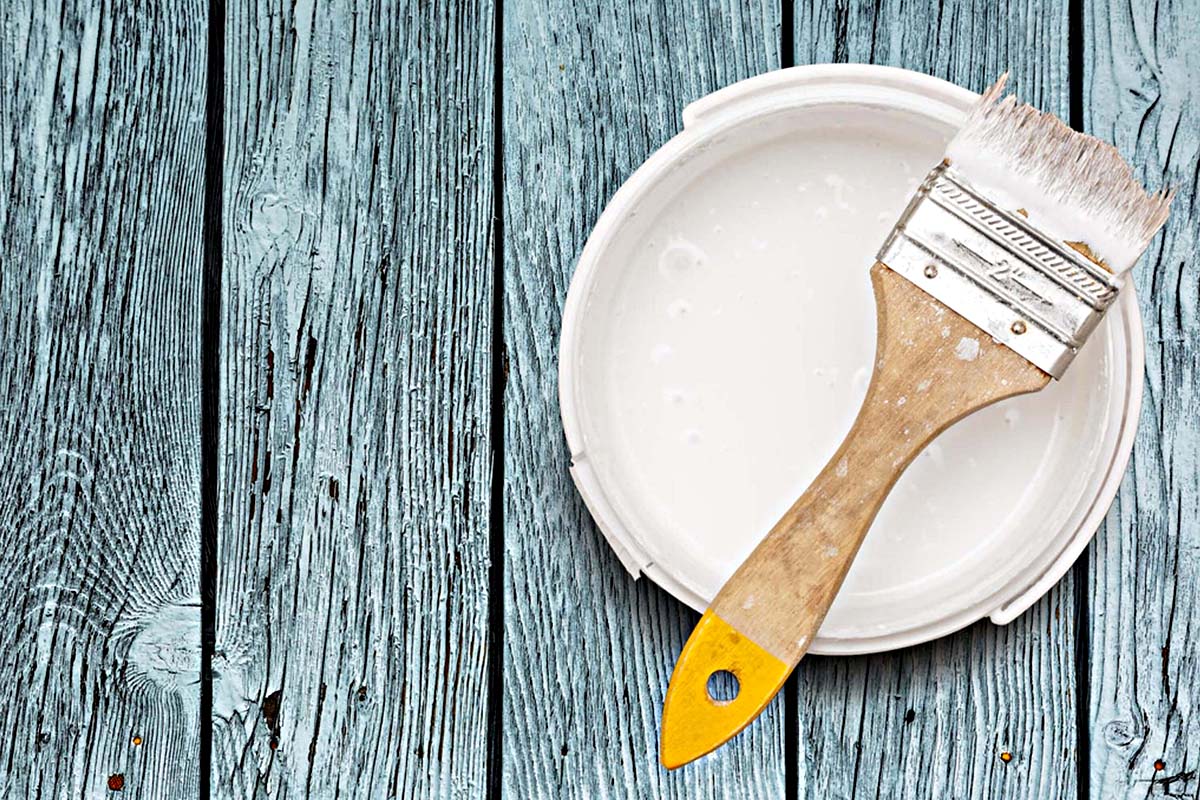
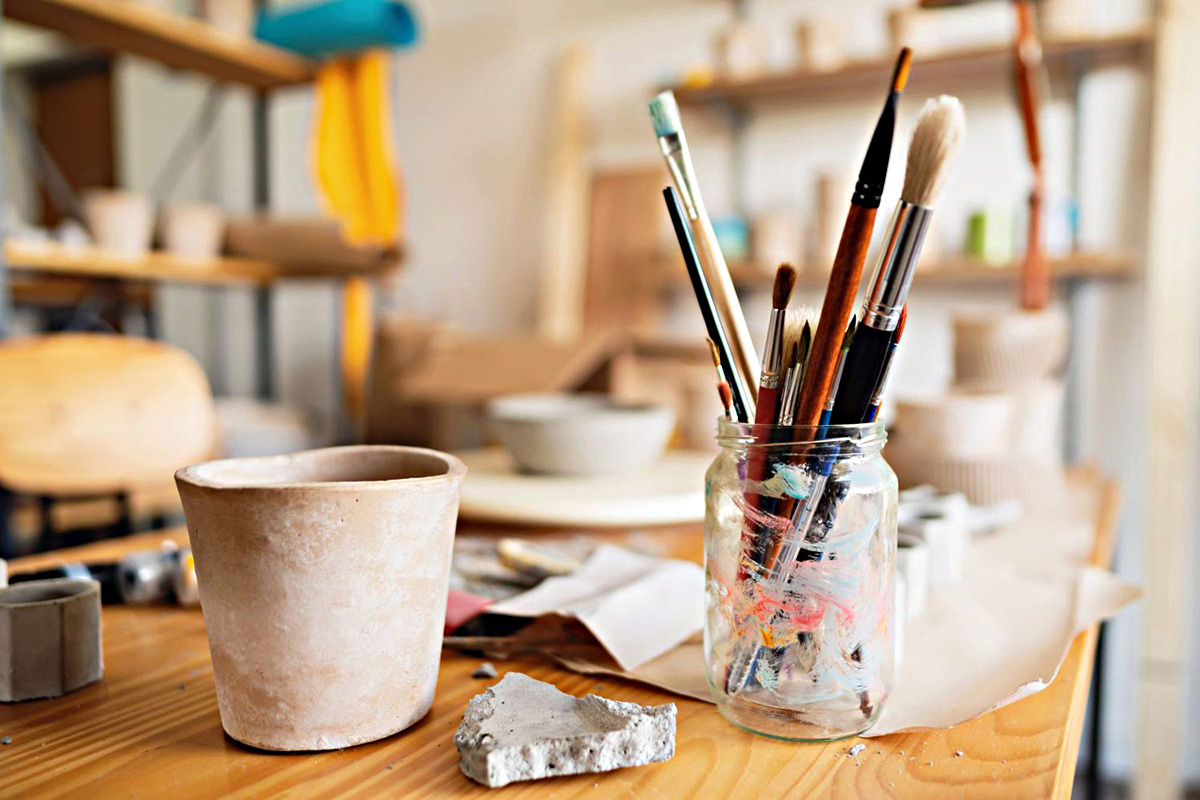
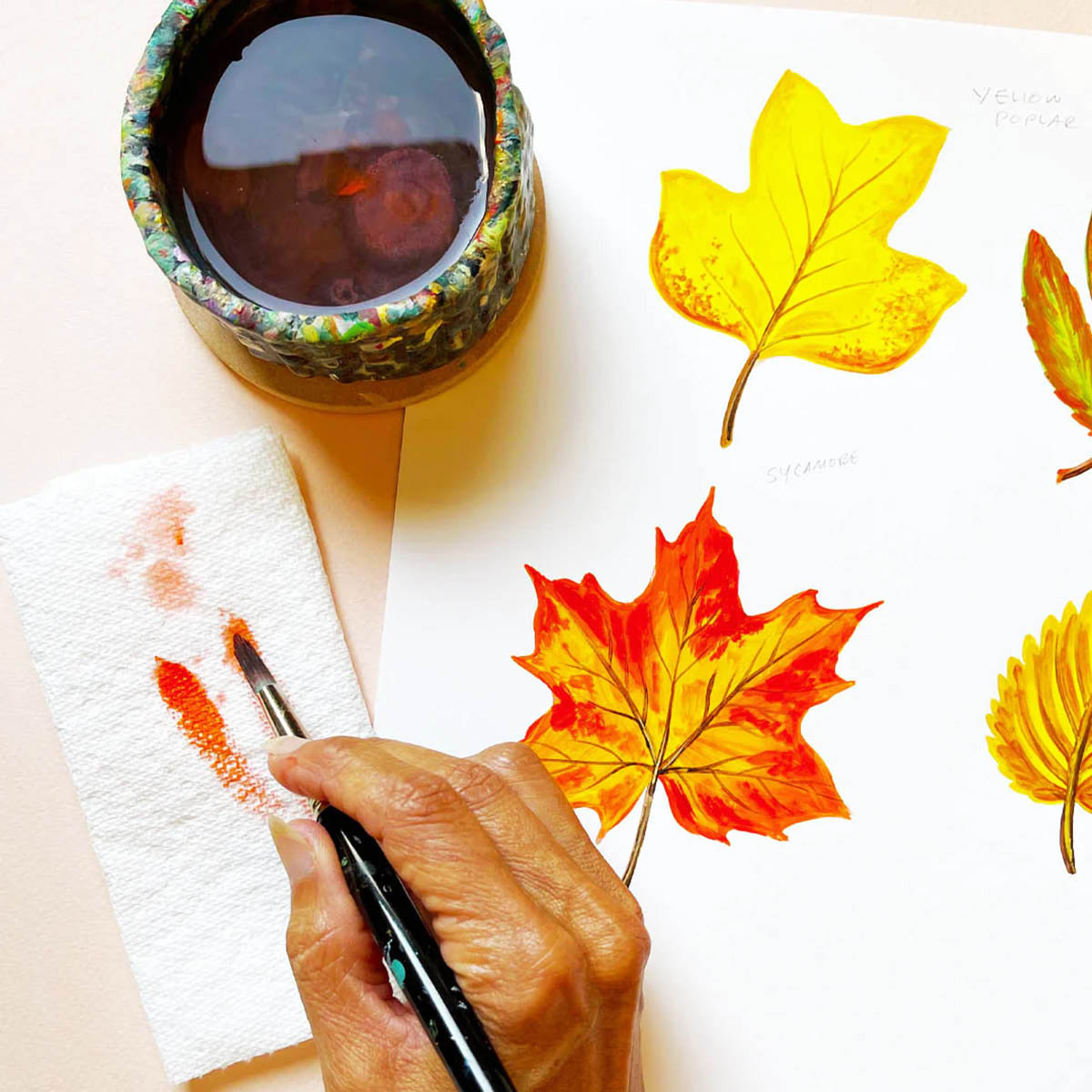
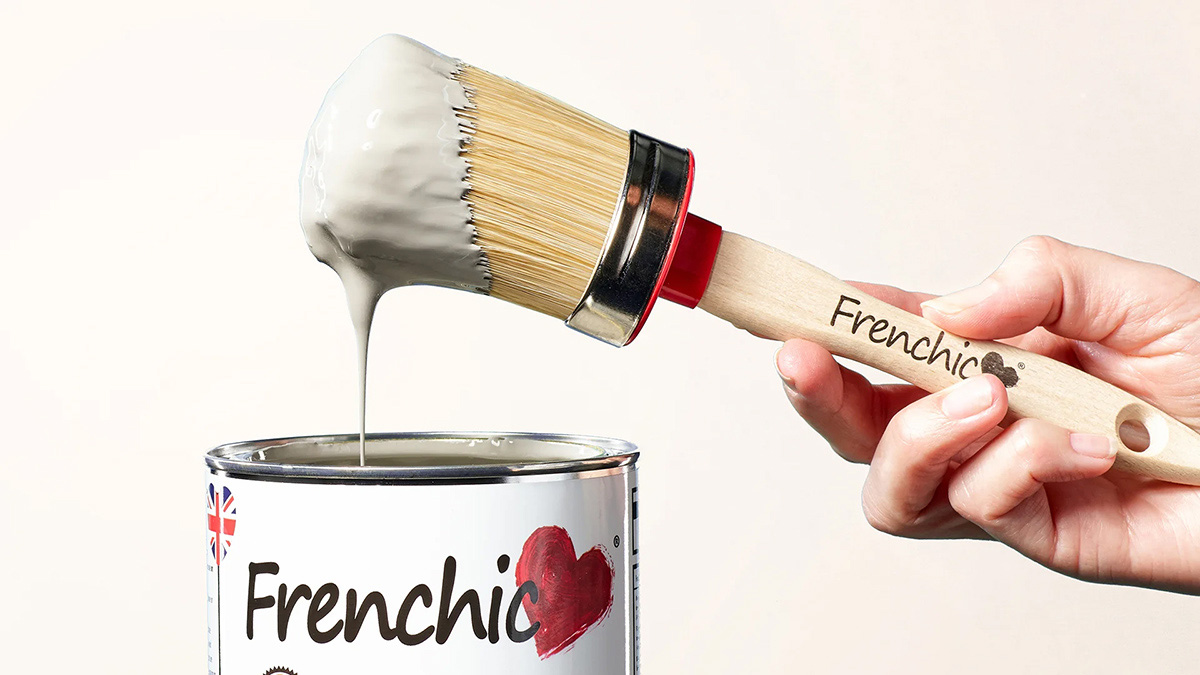
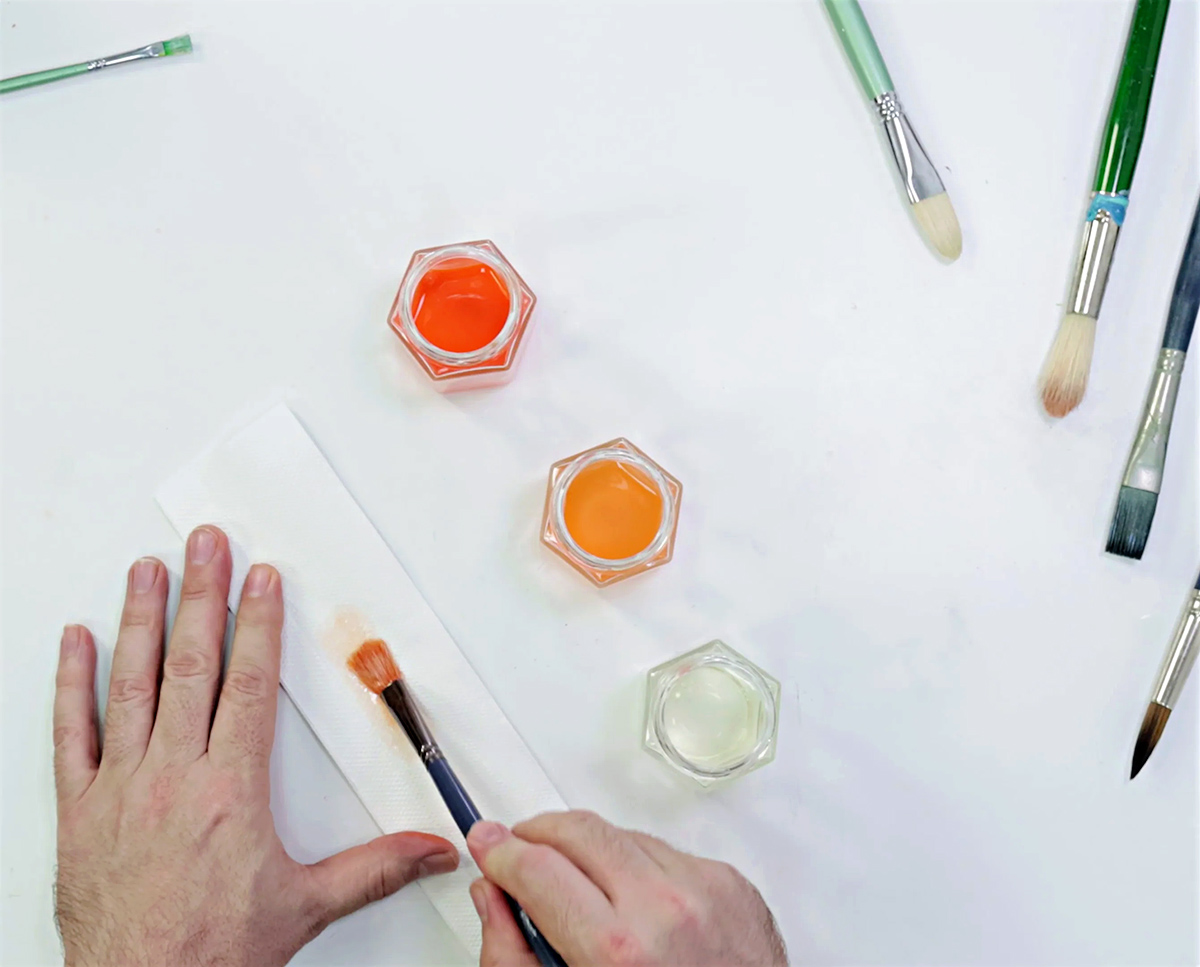
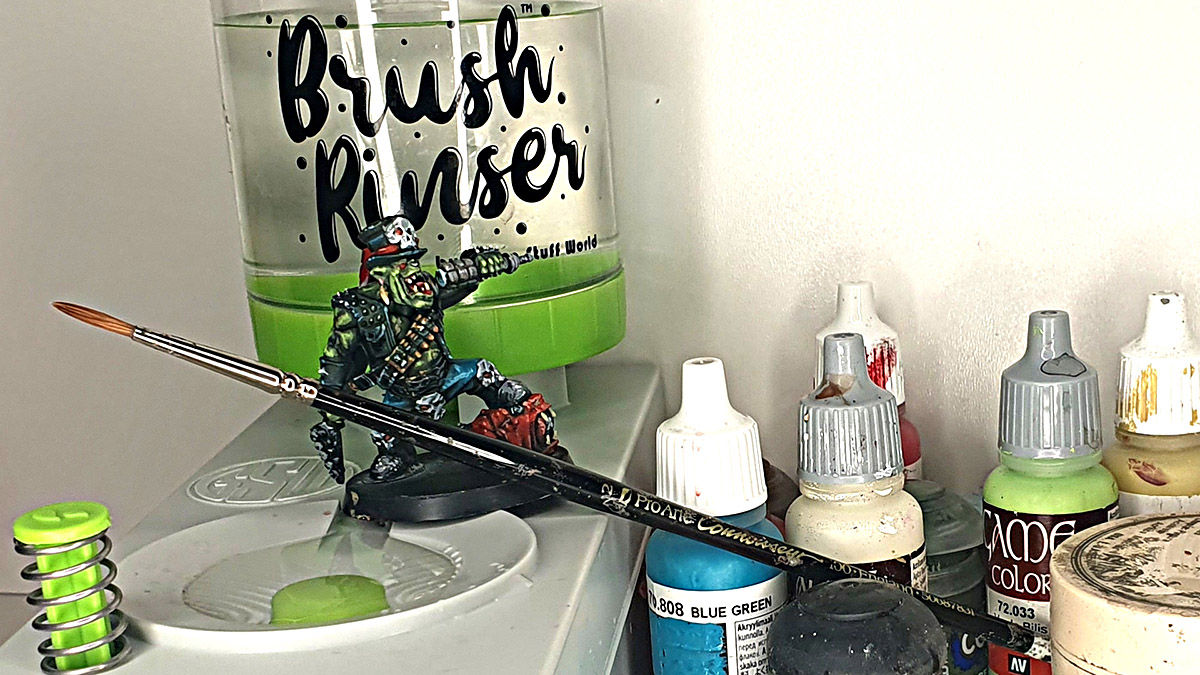
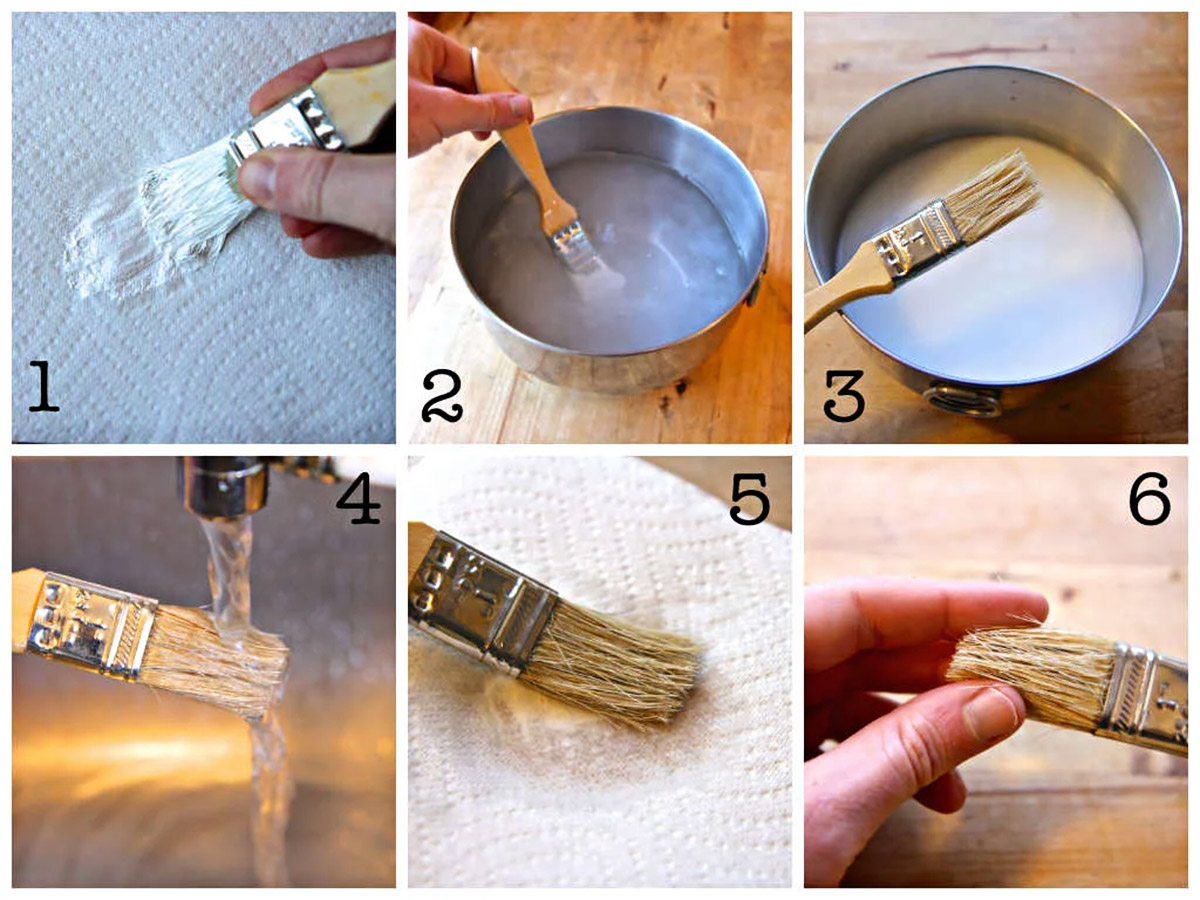
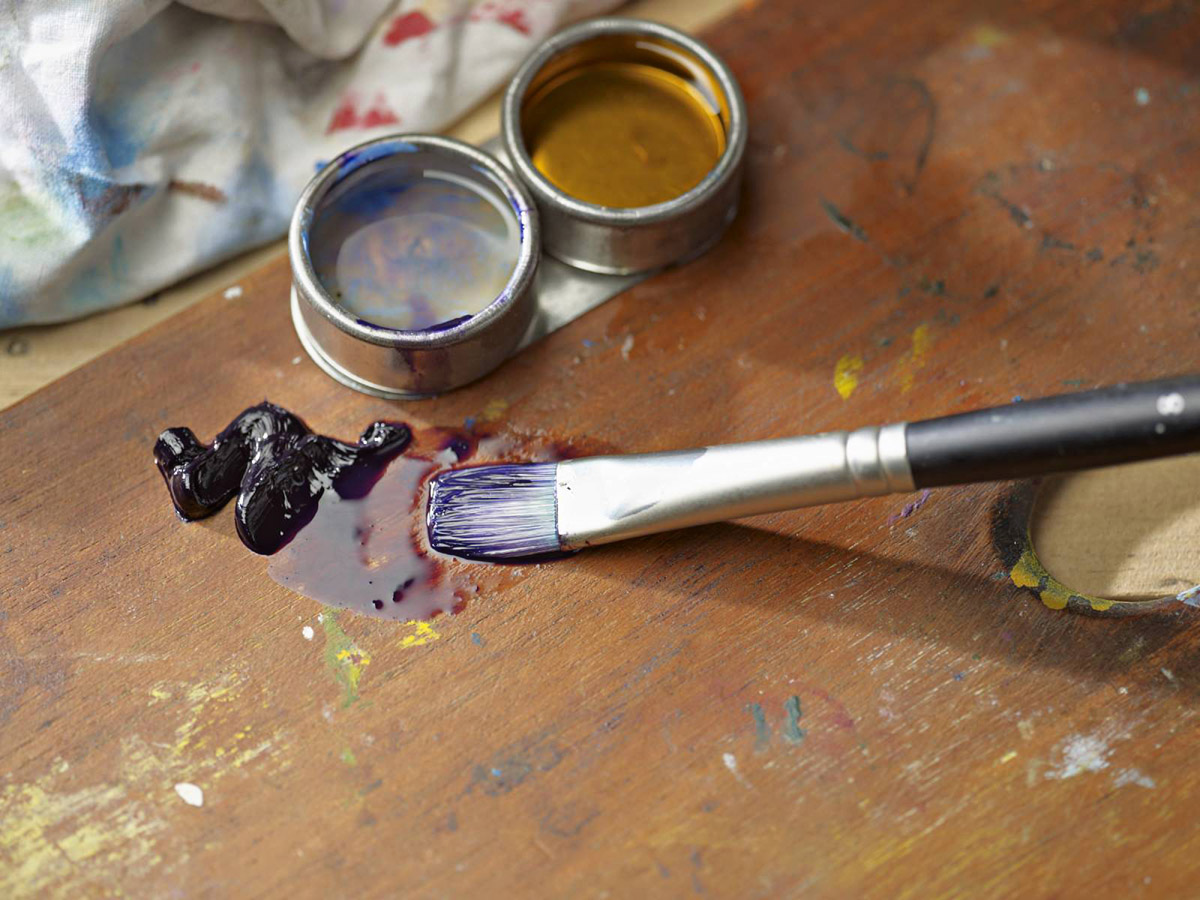
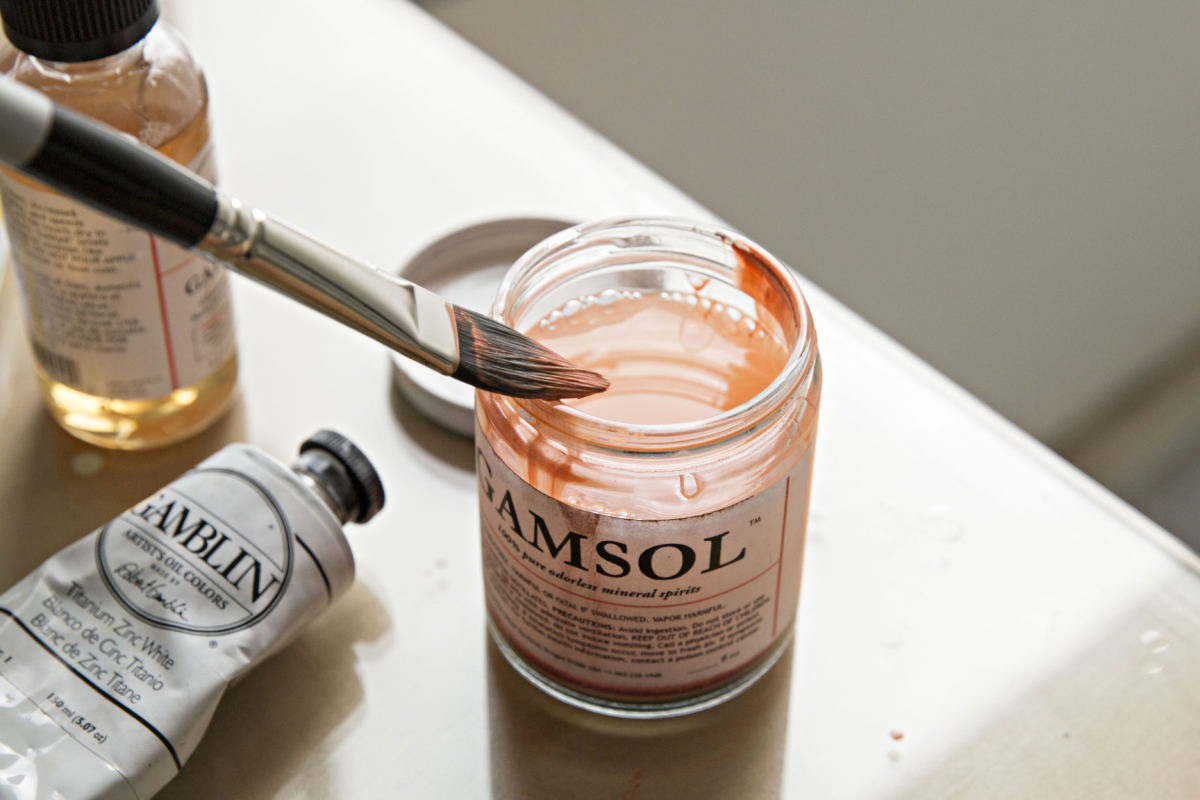

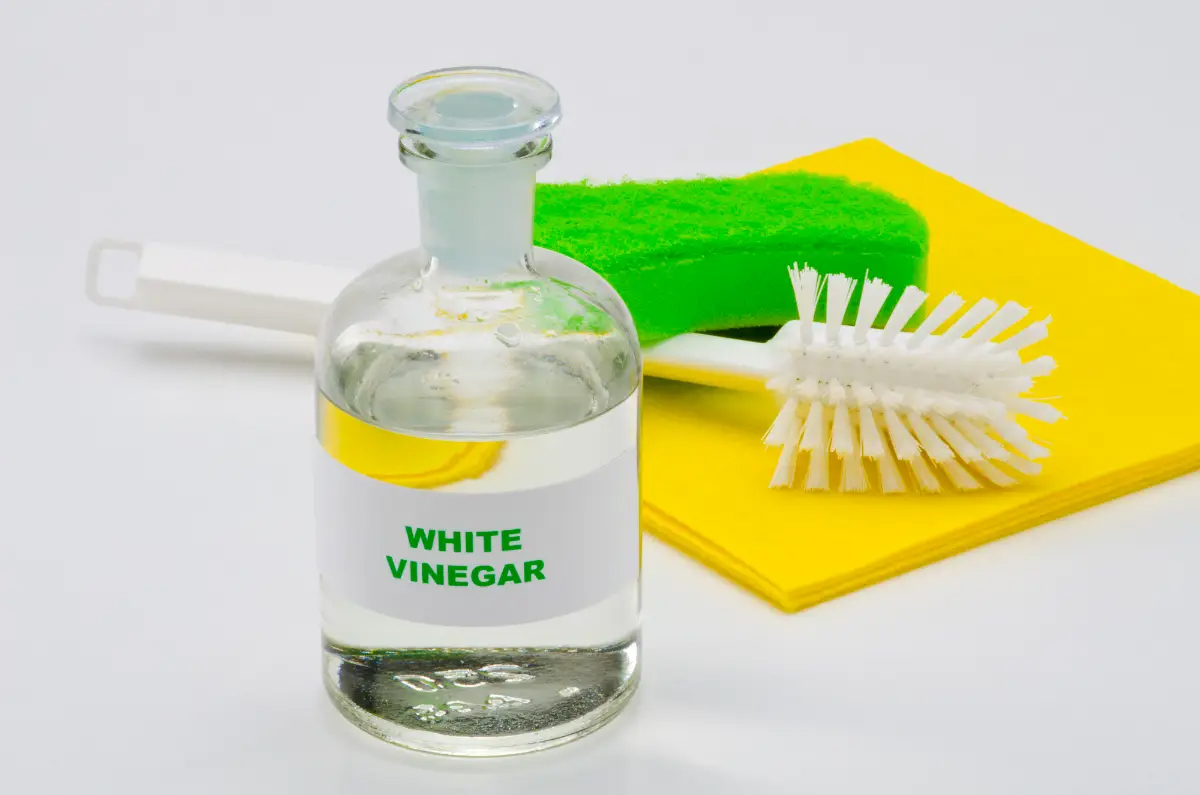

0 thoughts on “How To Clean Paint Brushes And Keep Them In Top Condition”